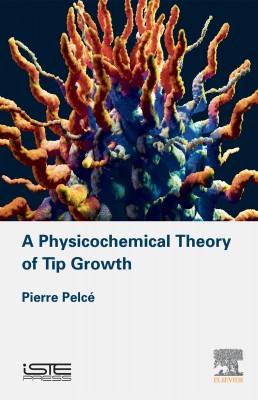
Based on the growth of living organisms such as unicellular algae, filamentous fungi and neurons, the author’s collaboration with physicists, numerical analysts and biologists has made it possible, after 30 years, to establish the physicochemical theory for tip growth presented in this book.
This theory has been developed in tandem with studies on inanimate matter, which has already been presented by this author.
In the work undertaken here, models were developed – deterministic for unicellular algae and hyphae, stochastic for neurons – then analyzed in a quantitative manner, to determine homogenous growth instability thresholds, the speed of growth, tubule diameters and branch distances.
The theoretical results presented in this book are a natural outgrowth of experimental observations made since the 1970s. These results are in contrast with the conceptual and qualitative approaches of older theoretical works, and often are the outcome of moving by analogy from inanimate matter to algae and lower life forms.
1. Constituents.
2. Simple Laws.
3. Instabilities.
4. Geometric Models.
5. Tip Growth.
6. The Neural Tree.
7. Epilogue.
Pierre Pelcé is Director of Research at CNRS – the French National Center for Scientific Research. As a theoretical physicist, he’s carried out many discoveries on flame dynamics and dendritic crystal growth, before working on the growth and form of living organisms. This has principally been with unicellular algae, filamentous fungi and neurons.